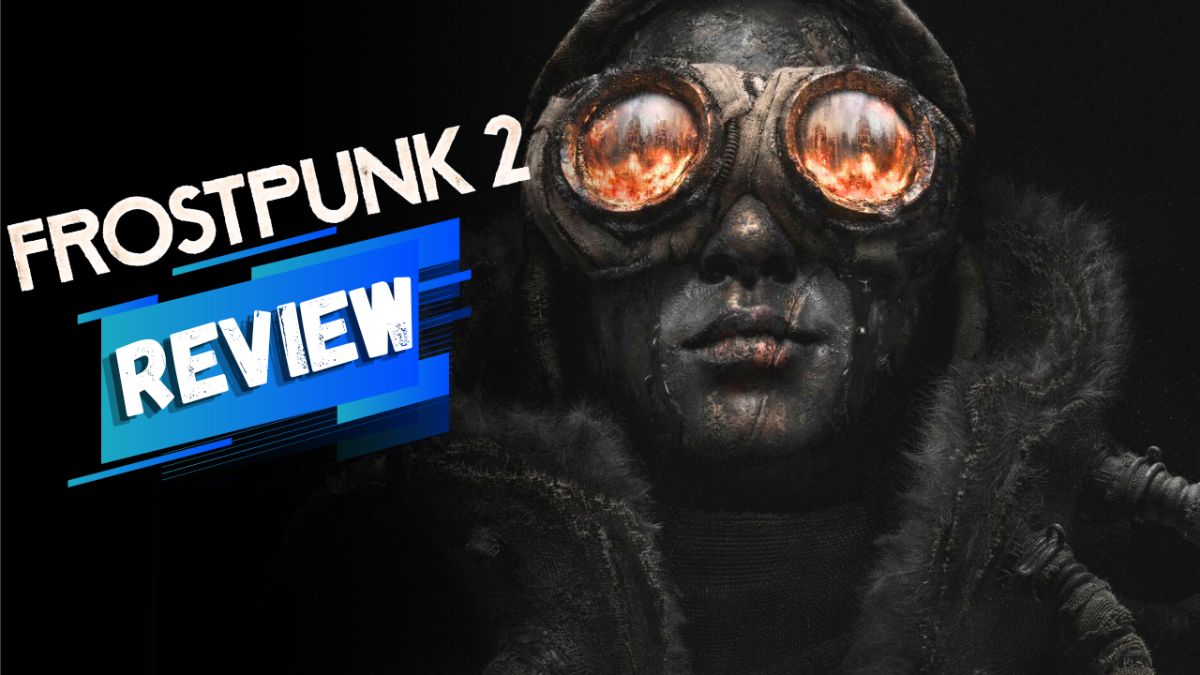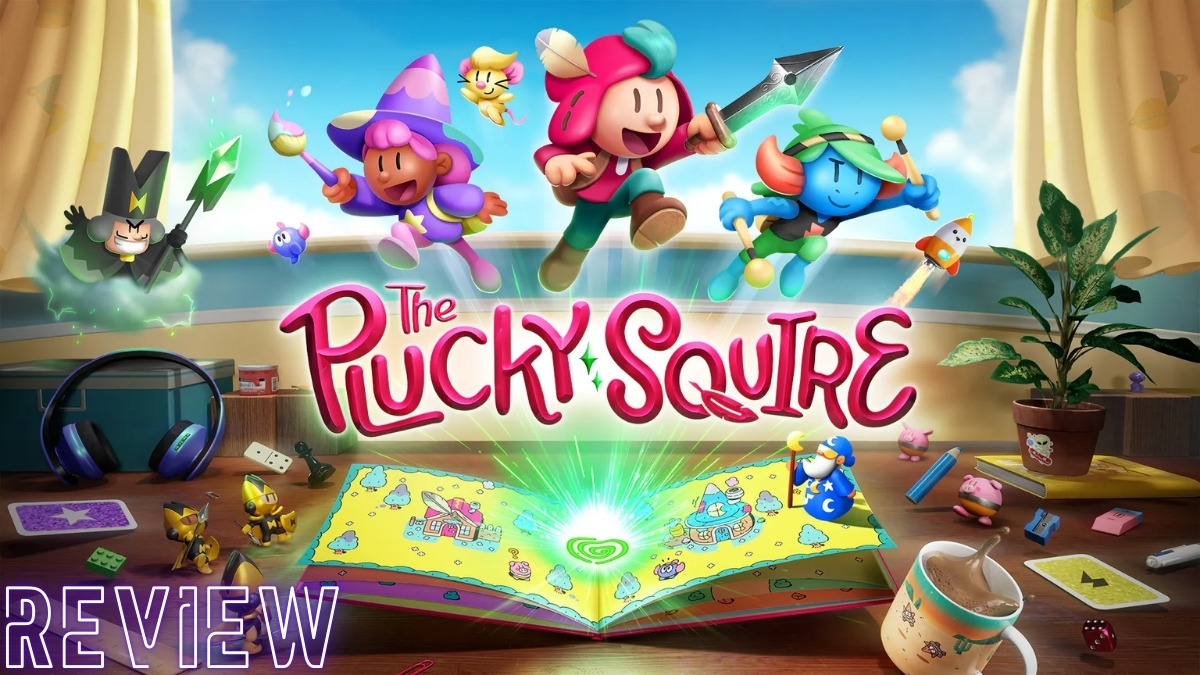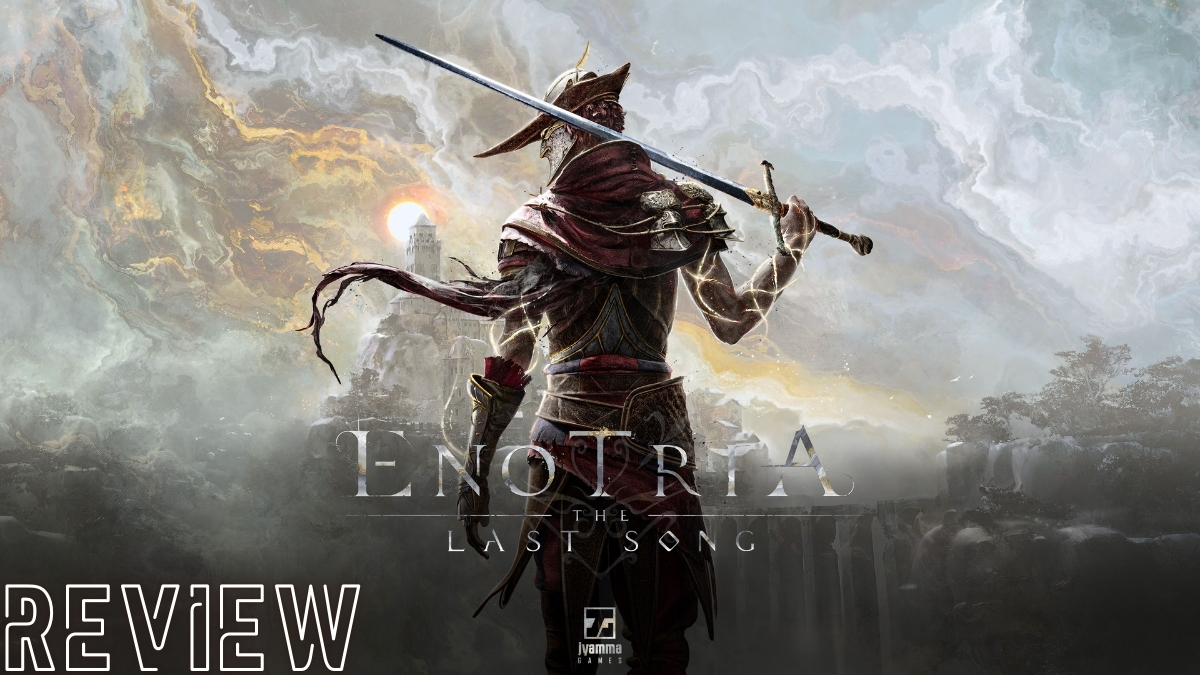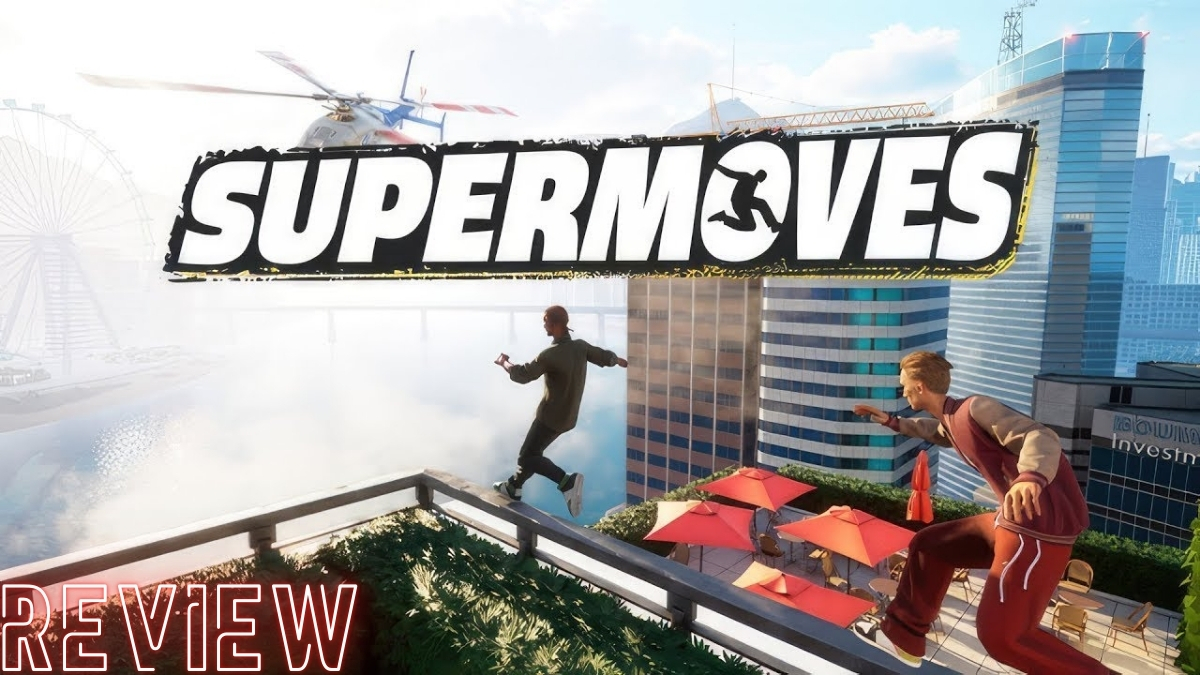Jurassic World Evolution finally lets you live out that fantasy of running a dinosaur theme park. Here’s our review of this simple yet fun management game.
The Jurassic Park movies have provided us with summer blockbuster fun for many years now, and it was about time that someone let us run a park of our own. In steps Frontier Developments with Jurassic World Evolution. Frontier are no strangers to park management sims, having done some excellent work on the Planet Coaster series. Like most of the movies, Jurassic World Evolution is all about the dinosaurs and fun, with a little bit of park management sprinkled throughout.
From Fossil to Dino
Jurassic World Evolution utilizes familiar faces from the movie franchise to help you get started with your very own dinosaur park. Your work takes places on an island, a series of islands actually, and you begin with a modest budget. As you learn about doing missions and research for various park factions, ranging from the scientific to entertainment and security, Jeff Goldblum will be among those that guide you in your quest. Speaking of the quest, aside from the various missions and contracts, what is your goal here? Well, it’s to build the best damn dinosaur park possible. That means you’re going to need unique attractions and ideally your park visitors won’t end up as the T-Rex’s lunch.
You build your park with a variety of structures serving different purposes. There are fast-food shops, clothing stores, hotels, and gift shops that will keep your visitors happy and your bank account filled. There are research centers, ranger stations, enclosures, and incubation centers that will house and breed your attractions. The stars of the game, the dinosaurs, do not grow on trees, nor can you order them from an online catalog, of course. Instead, you must send out research expeditions to various dig sites around the globe, which will dig up fossils which can then be examined to extract dinosaur DNA. Gather enough of a species’ genome, and you’ll be able to incubate an embryo yourself and hopefully end up with a glorious dinosaur of some type. While the process of researching, extracting, and building genomes never really stops, the actual breeding and releasing in your enclosures of dinosaurs never gets old. Each time one of your new creations is born and see the light of day, you get a close-up view of the magnificent beast as it first steps into the world. Hopefully, you put it with likeminded dinosaurs and didn’t leave a gap in the fence. Otherwise, it may start eating the first thing it sees.
That’s my Baby!
What surprised me the most was how much personality each species of dinosaur has in Jurassic World Evolution. Each dinosaur has some different attributes, ranging from as generic as whether it is a vegetarian or a carnivore, to how social it is, whether it prefers a forested area or not, and just how many other dinosaurs it will tolerate nearby. This lead me to develop an individual bond with my dinosaurs. You see, death comes for everyone, and while dinos can get sick and must then be healed with the help of your ranger teams, more on that later, none of them will cheat death caused by old age. So when my very first child suddenly dropped dead, I was first concerned, and then saddened when I realized that there was nothing I could have done. As it turns out, there are ways to alter the genome of dinosaurs to make them more robust under certain conditions, but in the end, they will all perish.
In another case, I had one very pesky dinosaur that kept escaping. After its third escape, during which I had to resort to using a helicopter to tranquilize the poor thing, then airlift it back into its enclosure after repairing the fence it chewed through, I paid closer attention to the little jerk. As soon as he woke from his dart gun induced slumber, he proceeded straight to the nearest fence and began attacking it until he was once again on the loose. Throughout all this, he ever attacked any of the rightly terrified park visitors. First I thought that was merely a side effect of his vegetarian trait, but I soon realized that this poor guy wasn’t out to cause havoc. Upon closer inspection, I realized that his enclosure was too populated for his liking and he was merely trying to make his way to a more private area. After performing some re-housing and paying closer attention to that species’ social tendencies, everything was right again in my park.
The different qualities and tendencies that each species brings with it create a unique park management situation wherein the dinosaurs are the real focus of Jurassic World Evolution, and that’s just the way it should be.
Junior Managers Unite
The overall management of your parks is relatively simple. There’s no pretending here that Jurassic World Evolution is some brilliant simulation that will test your skills as an executive park manager. In fact, during my many hours of playing the game, I barely ever looked at the details of my park’s finances. Yes, you can adjust pricing and staffing on individual buildings, but I never found a compelling reason to do so. Most of my management was confined to ensuring my structures had adequate power, protection from natural events (or escaped dinosaurs), and that transit options were available for my visitors.
Jurassic World Evolution is made up of a series of islands that you progress through. Each island comes with three primary missions, one in each category of science, entertainment, and security. Complete the tasks and you’re rewarded handsomely financially and unlock the next island. At any time you can jump back and forth between the islands and time virtually stands still while you’re gone. This is a good thing because no one wants to return to a dinosaur graveyard after not checking in on their starter island for a while.
Missions become available as you gain reputation with each faction on an island, which is earned by taking on contracts. These vary wildly in complexity, ranging from researching a specific genome to maintaining power for an extended amount of time or just not having any of your visitors be eaten for five minutes. None of this is overly complicated, but Frontier Developments added only enough management activities to let you enjoy being in charge, while not distracting too much from the dinosaurs.
Getting Up Close and Personal
Perhaps one of the coolest features of Jurassic World Evolution is being able to get down at eye level with your creations. At any given time you can jump into one of your ranger teams’ jeeps and drive around your park. You can enter your enclosures, drive up to the dinosaurs and take photos of them, which you can then sell for in-game currency. The most spectacular the photo, the higher the reward. You’ll also need to take care of your dinos, by refilling their feeding stations, and providing medicine if required. You’re even able to hop onto a helicopter and fly across your island, where, once again, you’re free to get as close to your dinosaurs as you like.
After you’ve built your park and are happy with what you’ve done, it is gratifying to take a drive or flight through your creation and soaking it all in. The game is helped by beautiful graphics, changing weather conditions, and dinosaurs that react appropriately, I assume, to your presence.
You can take advantage of the ability to become a visitor in your park after you have unlocked the sandbox island. This happens relatively early in the game and gives you an opportunity to build without the constraints of financial resources. You’ll still only be able to place buildings you’ve researched and breed dinosaurs you’ve developed a genome for, but you’re free to create your dream park.
A Few Missteps
Fun with dinos aside, while I appreciated the fact that the management didn’t get in the way of the fun, things do tend to get a little bit repetitive at some point. Regularly sending out expedition teams to unlock cooler dinosaurs gets old, and it’s especially annoying when you realize that you forgot to dispatch them again and no progress has been made. While research and genomes are shared among islands, finances are inexplicable not shared, which seems like an arbitrary mechanic to slow down your progression.
Playing around with modified dino genomes seems like a recipe for disaster, but in my experience, it’s more about customizing your species and less about accidentally creating a monster that will destroy your park. You know, like in all the movies. I wanted all that to happen to me. There aren’t a lot of new things to experience between the first island and the last island, and in the end, you’ll probably find most of your joy in the sandbox, experimenting with what happens when you drop a T-Rex into a pen full of mild-mannered plant-eaters. Spoiler: it makes for great photos!
In general, Jurassic World Evolution is surprisingly more fun than I had anticipated. The focus is firmly on the stars of the show, the dinosaurs, and the park management is light enough to not get in the way while not being so watered-down that it becomes a problem. Managing your own Jurassic Park is the perfect way to spend the summer, in between rewatching some of the movies.






Published: Jul 4, 2018 04:11 pm